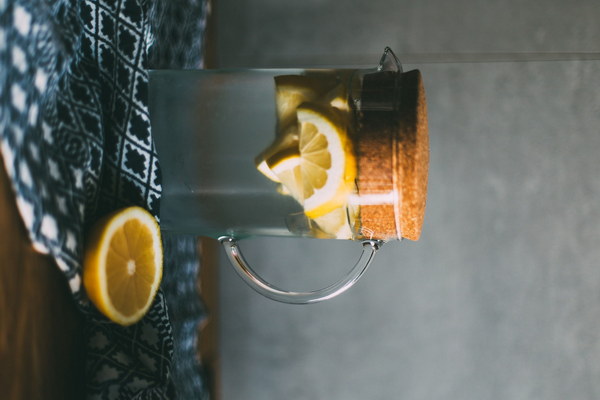The Ultimate Guide to Enjoying the Moisture-Relieving Properties of Mung Beans
Introduction:
Mung beans, known for their numerous health benefits, have long been celebrated in traditional Chinese medicine for their ability to relieve moisture and nourish the body. In this article, we will explore the various ways to incorporate mung beans into your diet to harness their moisture-relieving properties and enjoy their delicious taste.
1. Soaking and Cooking Mung Beans:
Before enjoying the moisture-relieving benefits of mung beans, it is essential to properly prepare them. Begin by rinsing the mung beans under cold water to remove any dirt or debris. Then, soak the mung beans in water for at least 6-8 hours or overnight. This soaking process helps soften the beans, making them more digestible and enhancing their nutritional value.
After soaking, drain the mung beans and cook them in a pot of water. Bring the water to a boil, then reduce the heat and let the beans simmer until they are tender. This process typically takes about 30-40 minutes, depending on the size of the beans. Once cooked, the mung beans are ready to be used in a variety of dishes.
2. Mung Bean Soup:
A classic and flavorful way to enjoy the moisture-relieving properties of mung beans is by making a nourishing mung bean soup. Begin by cooking the mung beans as described above. In a separate pot, bring water to a boil and add your desired seasonings such as ginger, garlic, green onions, and salt. Add the cooked mung beans to the pot and let it simmer for another 10-15 minutes. Serve the soup hot and garnish with fresh herbs like cilantro or green onions.
3. Mung Bean Salad:
For a refreshing and healthy salad, combine cooked mung beans with your favorite vegetables and a light dressing. Chop up vegetables such as cucumbers, bell peppers, carrots, and tomatoes, and mix them with the cooked mung beans. Create a simple dressing by whisking together olive oil, lemon juice, salt, and pepper. Toss the salad ingredients with the dressing and enjoy a delightful moisture-relieving meal.
4. Mung Bean Porridge:
Another delightful way to incorporate mung beans into your diet is by making a soothing mung bean porridge. Begin by cooking the mung beans as instructed earlier. In a separate pot, bring water to a boil and add a small amount of rice or another grain of your choice. Once the rice has softened, add the cooked mung beans and continue to cook until the mixture reaches your desired consistency. Serve the porridge warm, perhaps with a drizzle of honey or a sprinkle of cinnamon for added flavor.

5. Mung Bean Paste:
For those who enjoy savory snacks, try making mung bean paste. Boil the mung beans until they are soft, then blend them in a food processor until they form a smooth paste. You can use this paste as a spread on toast, mix it into stir-fries, or even create a delicious dessert by sweetening it with sugar and adding nuts or fruits.
Conclusion:
Incorporating mung beans into your diet is a fantastic way to enjoy their moisture-relieving properties and numerous health benefits. From soups to salads, porridges, and even desserts, there are endless possibilities for preparing and enjoying mung beans. So why not give this versatile legume a try and experience its refreshing and nourishing qualities firsthand?









